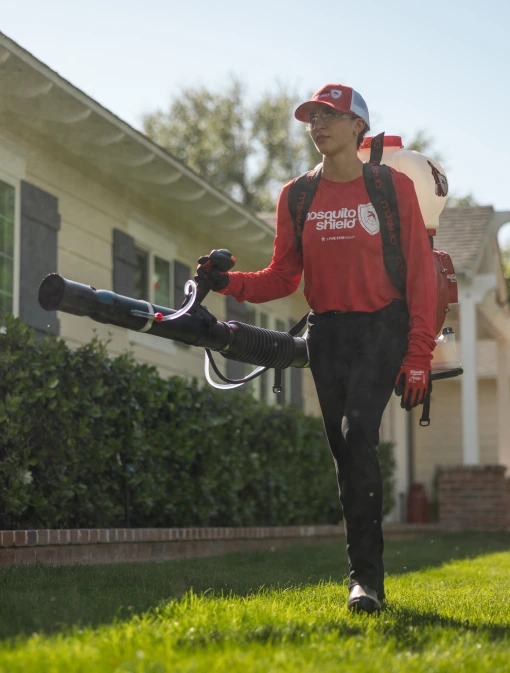Experience relaxation and peace in your backyard with our proven mosquito control solution. Trusted by families in White, our innovative approach not only repels mosquitoes but also establishes a durable barrier customized to your outdoor environment. Mosquito Shield of Northwest Atlanta is dedicated to creating mosquito-free zones, so you can enjoy your outdoor spaces without interruption.
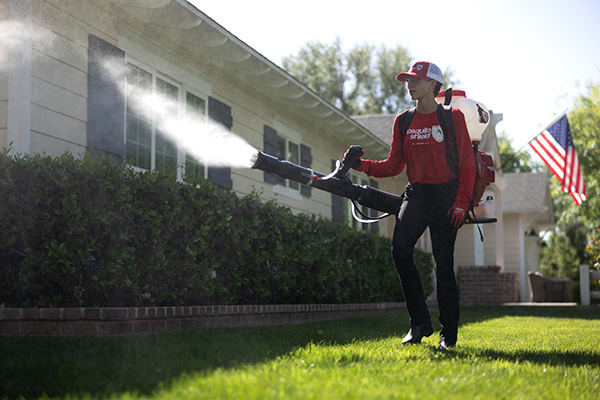
Effective mosquito control in White, GA, that drives mosquitoes away and keeps them out of your yard.

Enjoy mosquito-free outdoor time in White with treatments designed to provide lasting results.
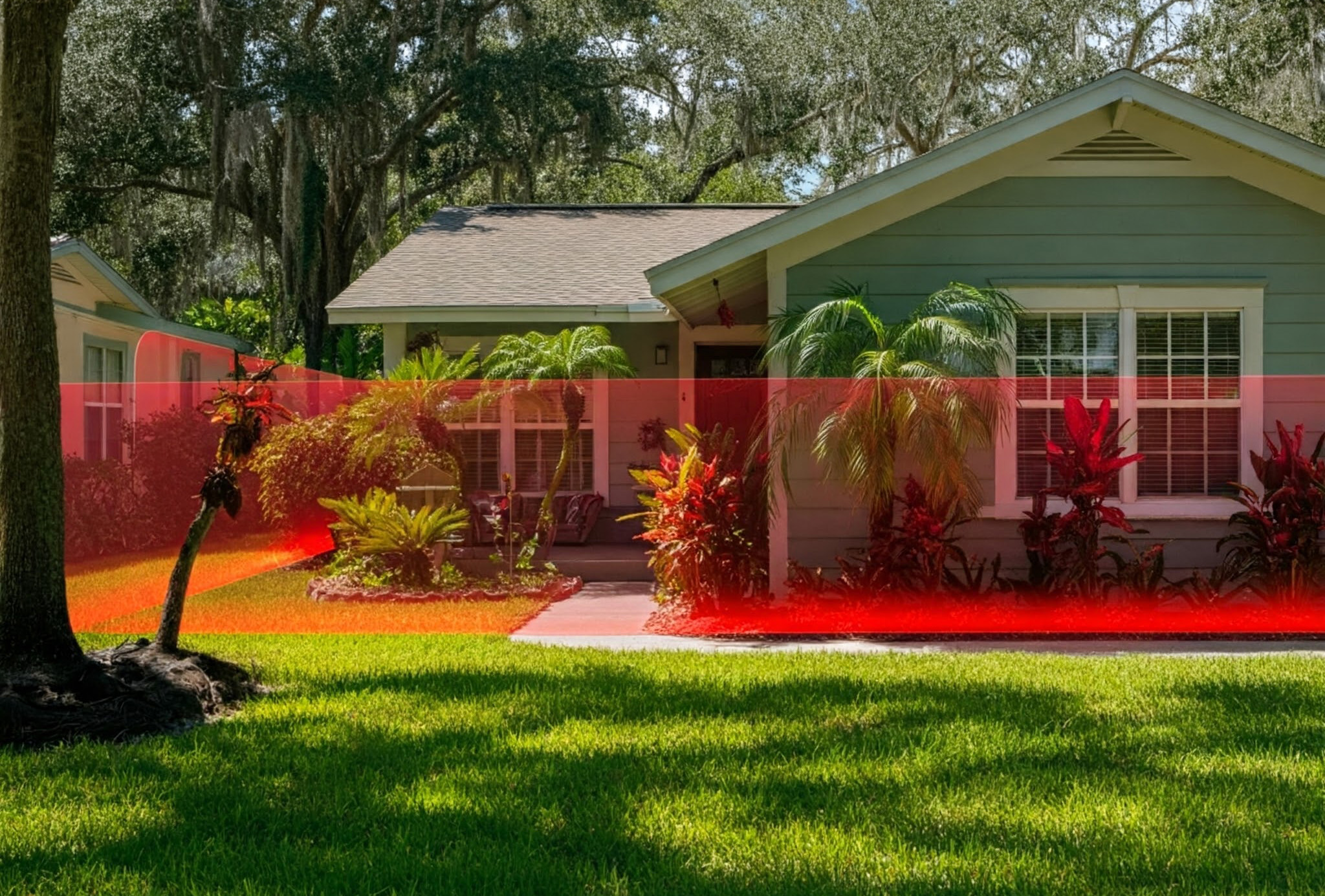
Highly rated mosquito control services in White, trusted by residents to enhance outdoor living.

White, Georgia, is a small, welcoming city in Bartow County. Located just north of Cartersville along US‑411 and near I‑75, White serves as a charming bedroom community with scenic suburban vibes and local parks. Its tree-lined streets and nearby recreational areas make it appealing for outdoor living. However, the mild climate, frequent summer rainfall, and proximity to ponds and ditches encourage mosquito and tick activity during the warm months.
White’s blend of residential neighborhoods, green spaces, and water features creates favorable conditions for mosquito populations.
Residents in White face the risk of mosquito‑borne illnesses such as West Nile Virus and Eastern Equine Encephalitis, along with tick‑borne diseases like Rocky Mountain Spotted Fever and Lyme disease—common in this region. These risks underscore the need for preventive pest control to protect outdoor enjoyment.
To reduce these threats, the community emphasizes:
Professional mosquito control, combined with community-driven efforts, is crucial for keeping White safe and comfortable during the months when pests are most active.
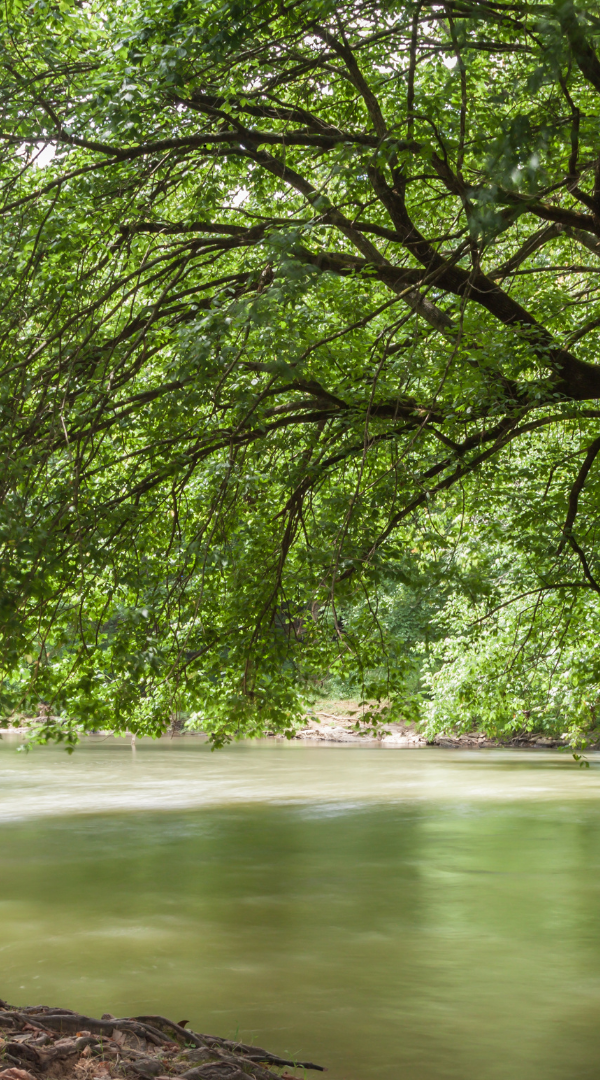
The weather in White, Georgia, plays a major role in mosquito and tick prevalence. Summers are hot and humid, often bringing afternoon storms that leave behind standing water—a perfect breeding environment for mosquitoes. Milder winters, with occasional warm spells, can allow mosquitoes to survive longer than usual. Meanwhile, tick activity peaks in spring and early fall when conditions are cool and vegetation is dense.
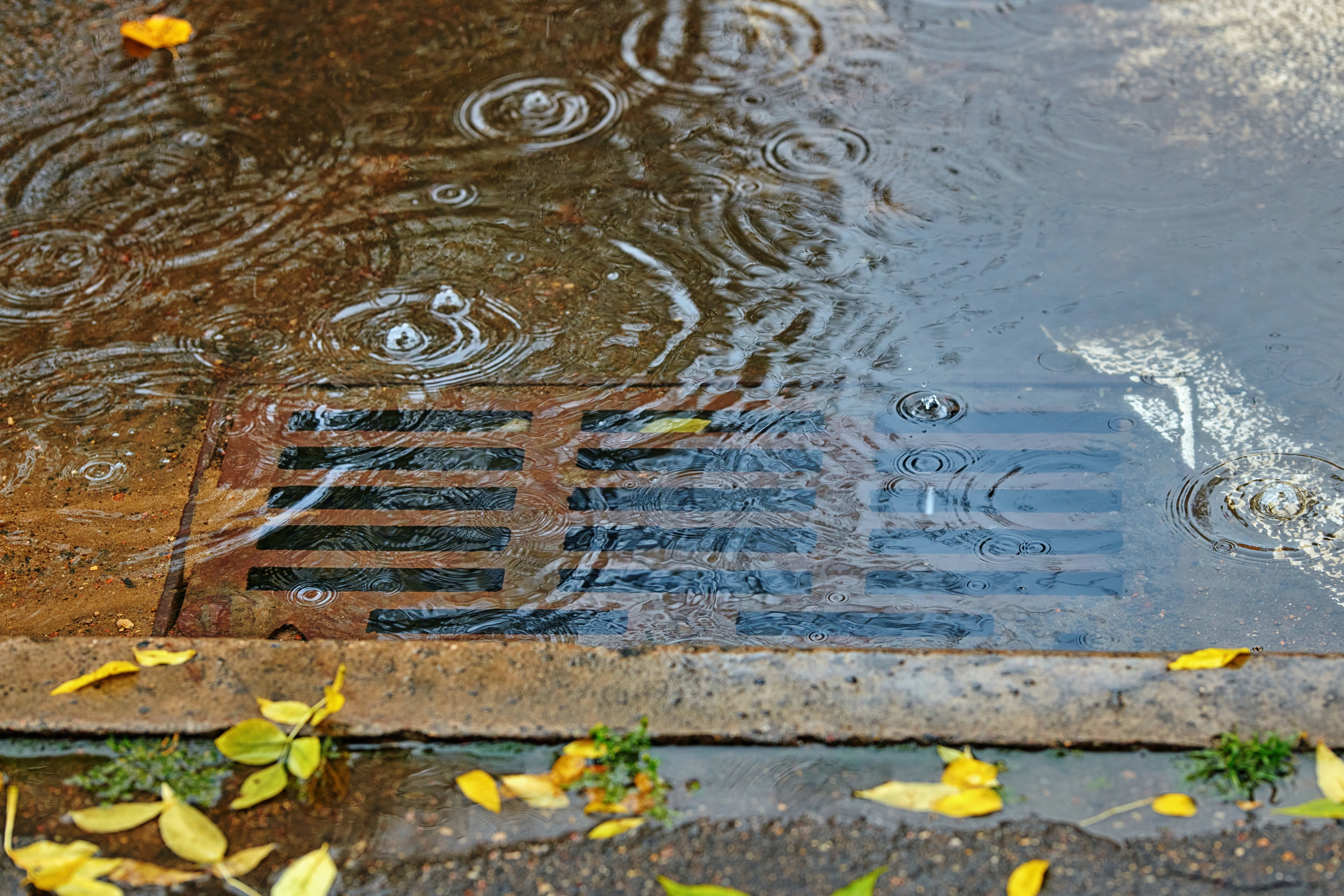

Identification: Small, dark brown to black mosquito with white scales on the thorax and legs.
Habitat: Breeds in natural containers like tree holes and artificial containers such as tires.
Behavior: Daytime biter; females are aggressive and primarily feed on mammals.
Health Risks: Primary vector of La Crosse encephalitis virus.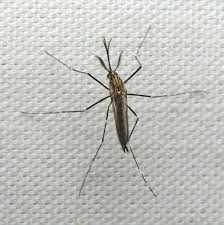
Identification: Medium-sized, dark mosquito with bronze-colored scales and distinct white markings on the legs and thorax.
Habitat: Prefers artificial containers, rock pools, and tree holes.
Behavior: Active during the day; feeds on mammals and birds.
Health Risks: Potential vector for West Nile virus and La Crosse encephalitis.
Identification: Medium-sized with a brown body and white bands on the abdomen and legs.
Habitat: Breeds in temporary floodwaters, such as rain pools and marshes.
Behavior: Nocturnal; females are persistent biters of mammals.
Health Risks: Potential vector for West Nile virus.
Identification: Small to medium-sized, light brown mosquito with unbanded legs and a blunt abdomen.
Habitat: Breeds in stagnant water sources like ditches, storm drains, and containers.
Behavior: Active during dusk and dawn; females prefer avian hosts but will bite humans.
Health Risks: Primary vector of West Nile virus.
Key Activity: Mosquito season kicks off with spring rain and rising temps.
Breeding: Pollen-clogged gutters, overwatered lawns, and yard waste bins trap standing water.
Common Species Active: Aedes aegypti and Culex quinquefasciatus begin emerging.
Behavior: Biting starts in early mornings and evenings, particularly near shaded patios and greenbelt trails.

Key Activity: Peak mosquito season—hot, muggy conditions dominate.
Breeding: Standing water builds up fast around AC drip lines, pool covers, or kids' toys left outside.
Common Species Active: Aedes albopictus, Aedes aegypti, and Culex quinquefasciatus are all highly active.
Behavior: Expect all-day biting in areas like White.
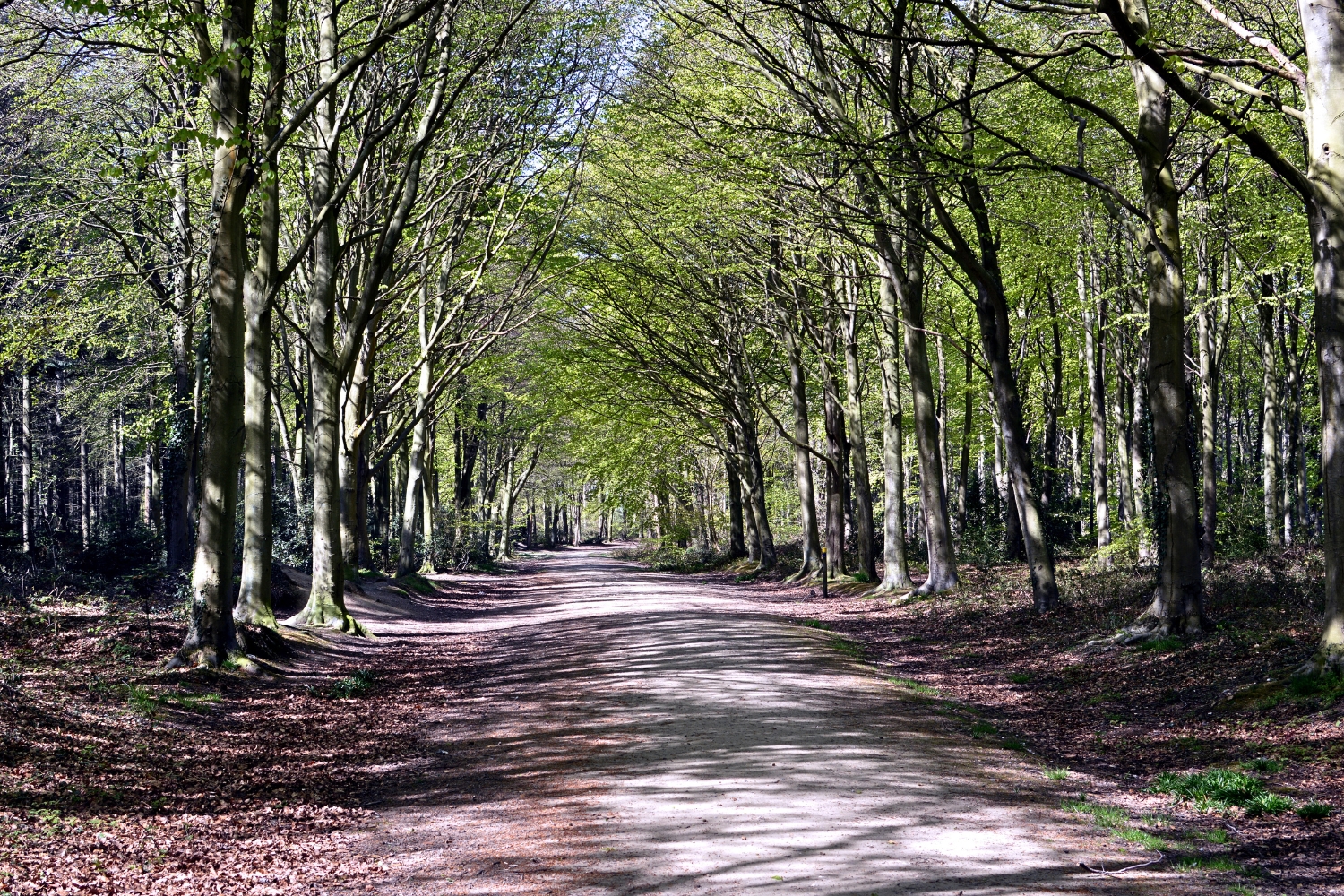
Key Activity: Mosquito activity declines but doesn’t disappear until first cold snap.
Breeding: Rain and falling leaves keep gutters and low points damp.
Common Species Active: Culex and Aedes species still linger.
Behavior: Warm fall afternoons can still bring biting pressure in wooded or shaded spots.

Key Activity: Cold slows mosquitoes, but activity doesn’t drop to zero.
Eggs: Aedes eggs survive dry spells and hatch come spring rains.
Adults: Culex adults may overwinter in sheds, basements, or crawlspaces.
Behavior: After a warm February rain, expect a brief mosquito resurgence.
